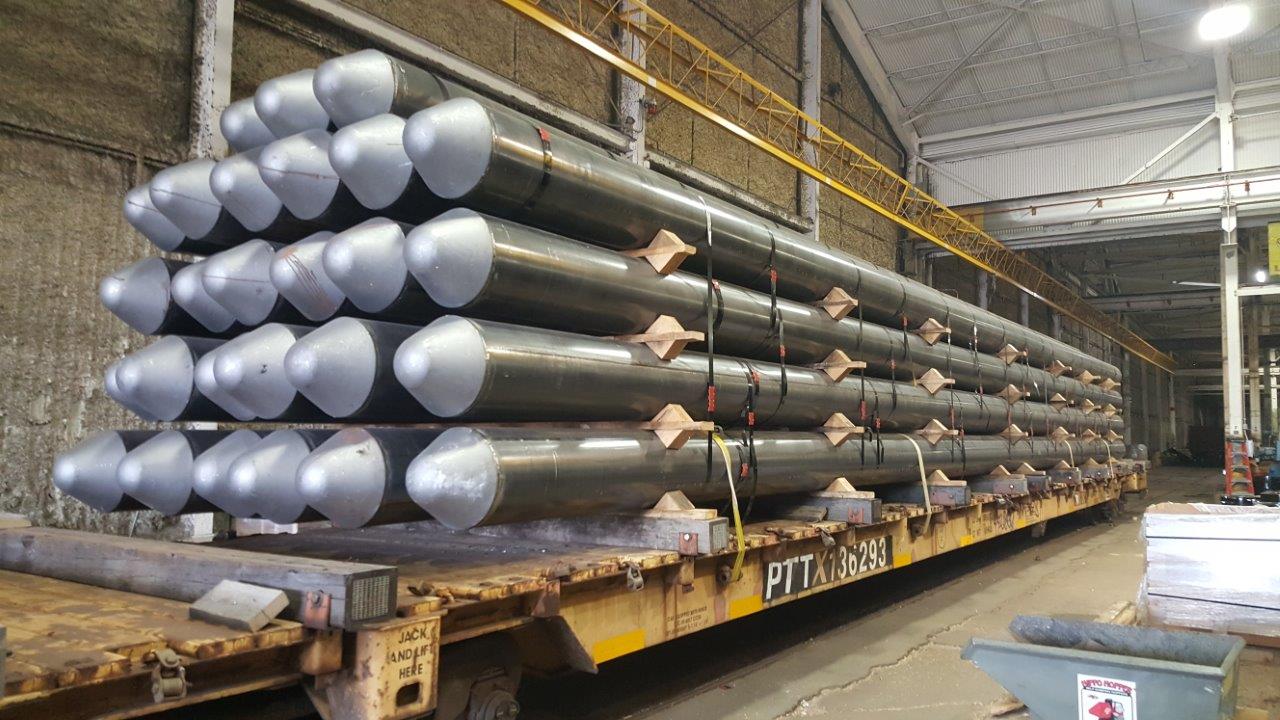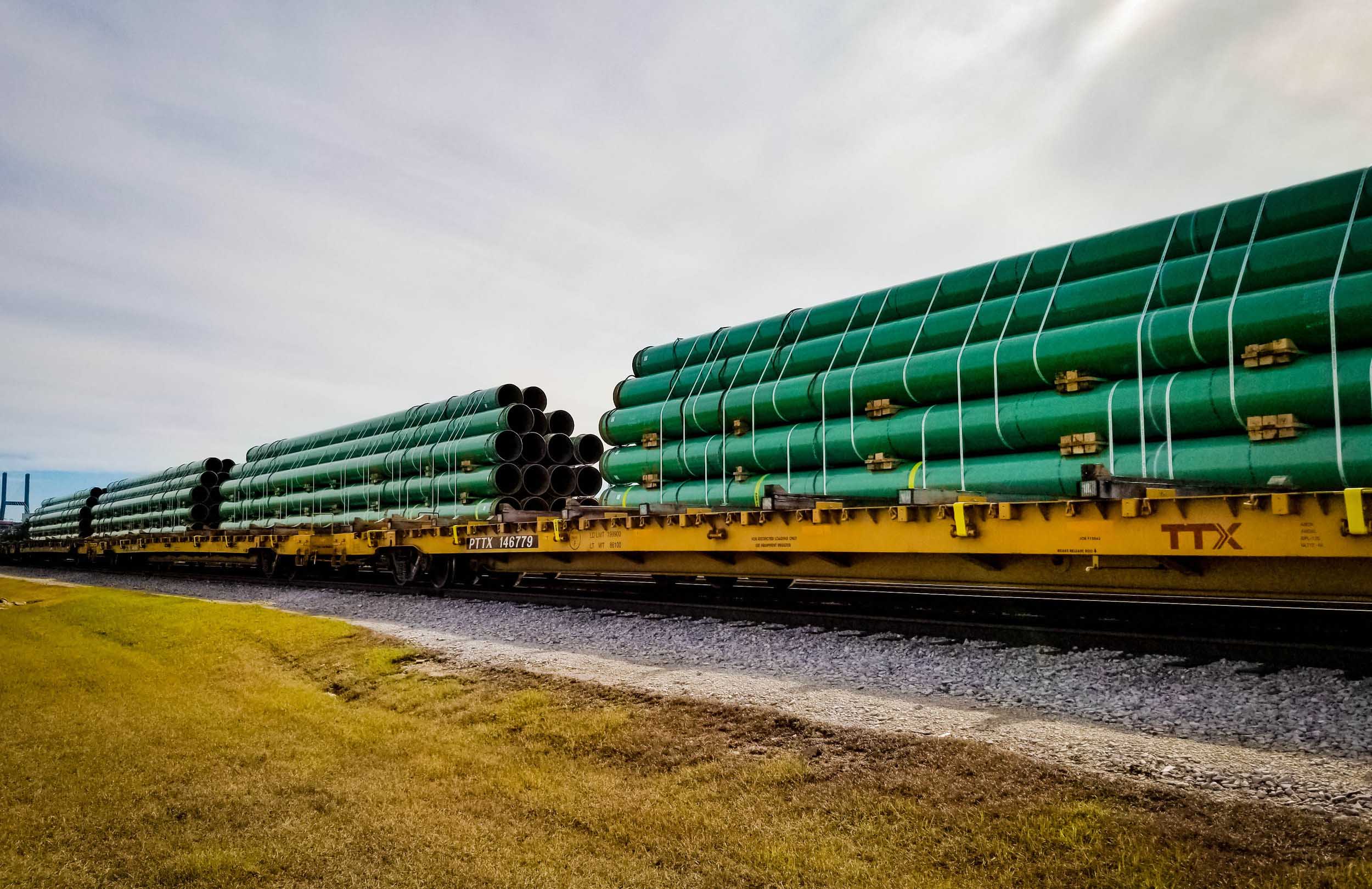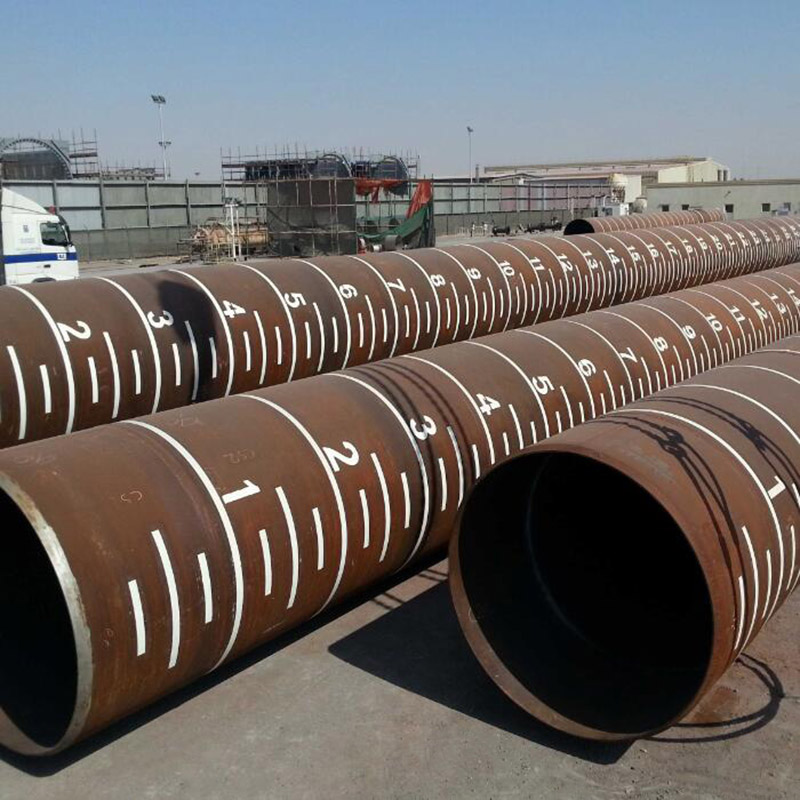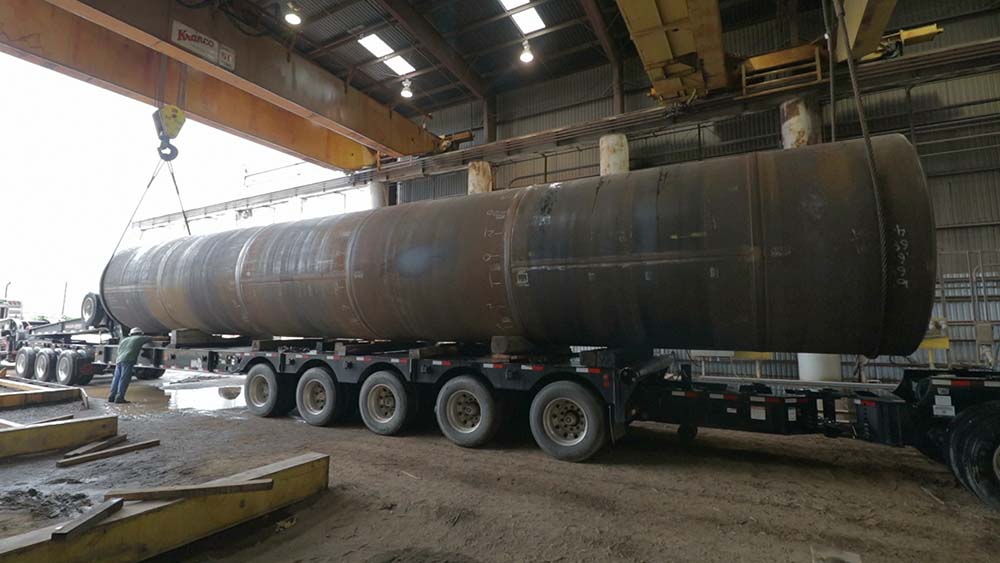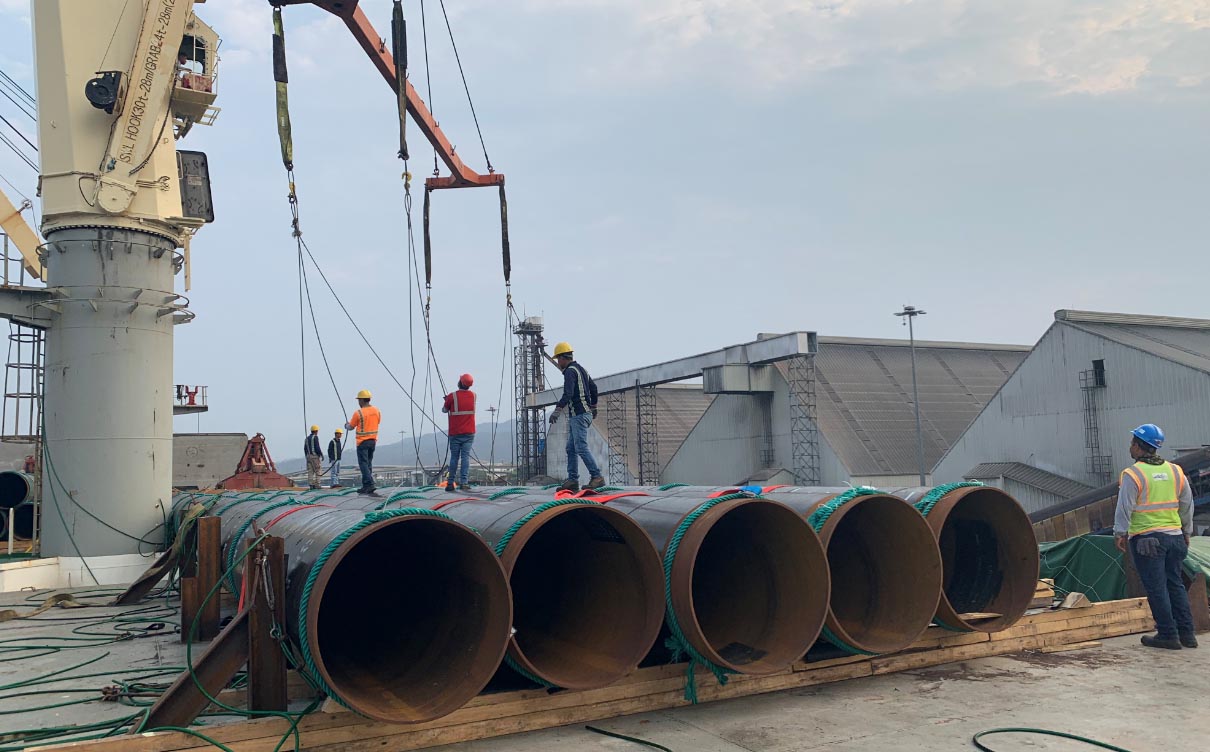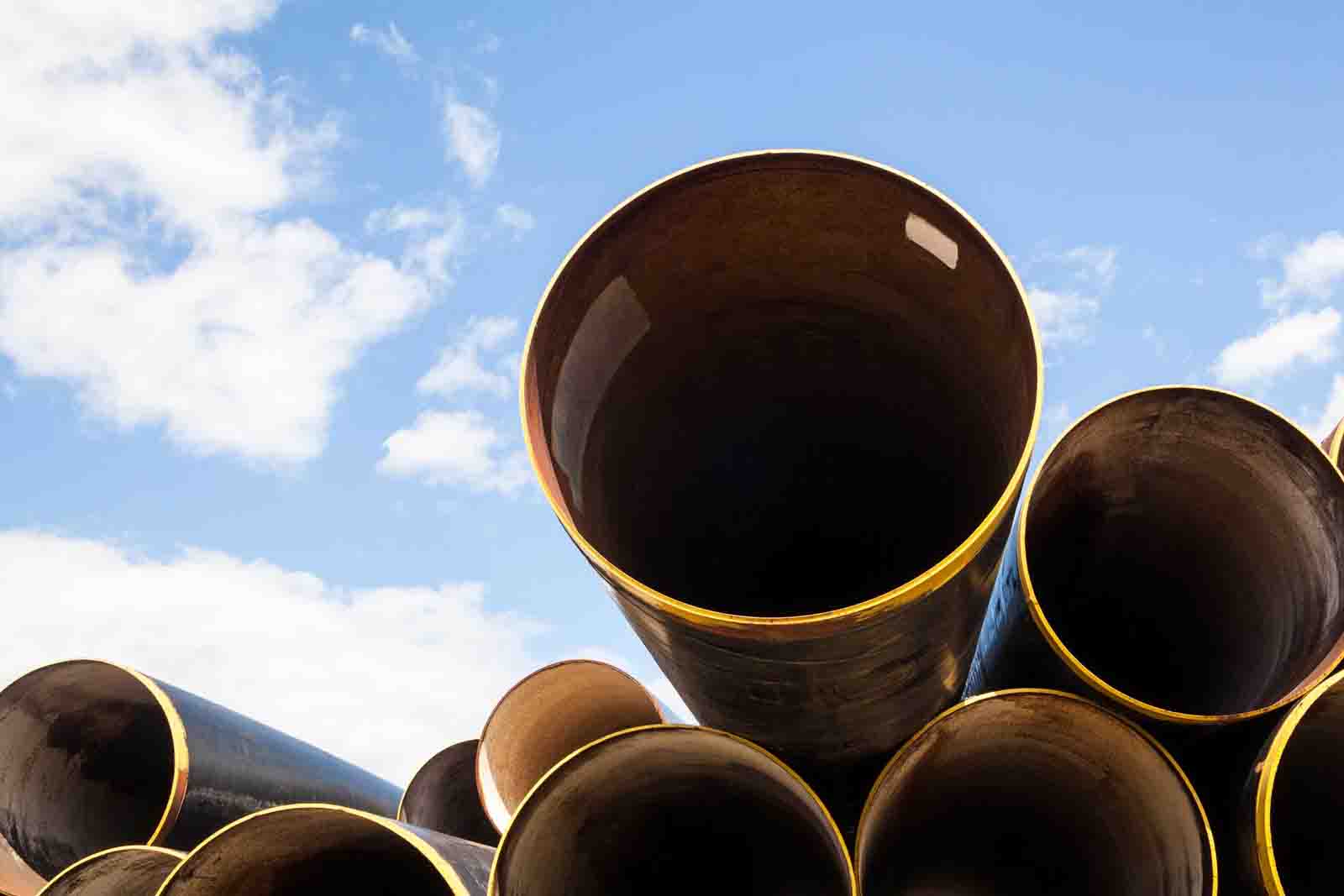Carbon Steel Sheet Pile Retaining Walls – Abtersteel
At Abtersteel, we take pride in delivering high-quality, innovative solutions for modern construction challenges. Our Carbon Steel Sheet Pile Retaining Walls, encompassing both Cold Formed Sheet Piles and Hot Rolled Sheet Piles, stand as a testament to our commitment to excellence. These products are engineered to provide robust structural support, exceptional durability, and versatile applications across a wide range of construction projects. Whether you’re working on a temporary excavation support system or a permanent retaining wall, Abtersteel’s sheet piles offer unmatched performance, reliability, and cost-efficiency.
Introduction to Carbon Steel Sheet Piles
Carbon steel sheet piles are essential components in civil engineering and construction, designed to create strong, continuous walls that retain soil, water, or other materials. These piles are manufactured from high-quality carbon steel, offering superior strength and resilience under demanding conditions. At Abtersteel, we produce two primary types of sheet piles: Cold Formed Sheet Piles and Hot Rolled Sheet Piles. Each type is crafted with precision to meet specific project requirements, ensuring optimal performance in applications such as retaining walls, cofferdams, flood defenses, and foundation systems.
Our sheet piles are characterized by their interlocking design, which allows them to form a seamless barrier capable of withstanding significant lateral and vertical forces. This makes them an ideal choice for projects requiring stability, durability, and adaptability to various soil and environmental conditions. With a focus on sustainability, Abtersteel’s carbon steel sheet piles are recyclable and reusable, aligning with modern eco-conscious construction practices.
Product Overview: Cold Formed Sheet Piles
Abtersteel’s Cold Formed Sheet Piles are manufactured through a cold-rolling process, where steel coils are shaped at room temperature into precise profiles. This method allows for greater flexibility in design, enabling us to produce a wide range of shapes and sizes tailored to specific project needs. Cold Formed Sheet Piles are known for their lightweight construction, ease of handling, and cost-effectiveness, making them a popular choice for smaller-scale or temporary applications.
Material Description
Our Cold Formed Sheet Piles are made from premium carbon steel, typically conforming to standards such as ASTM A857 or EN 10249. The material offers a yield strength ranging from 25 ksi to 36 ksi (172 MPa to 248 MPa), depending on the thickness and grade. The cold-forming process ensures a uniform thickness, typically less than 0.25 inches (6.35 mm), providing a consistent structural profile. Optional coatings, such as galvanization or zinc plating, can be applied to enhance corrosion resistance, making these piles suitable for environments with moderate exposure to moisture or chemicals.
Parameters and Dimensions
The following table outlines the key parameters and dimensions of Abtersteel’s Cold Formed Sheet Piles:
| Profile Type | Width (mm) | Height (mm) | Thickness (mm) | Weight (kg/m²) | Section Modulus (cm³/m) |
|---|---|---|---|---|---|
| Z-Type | 600 – 800 | 100 – 300 | 3.0 – 6.0 | 40 – 60 | 200 – 500 |
| U-Type | 400 – 600 | 80 – 200 | 2.5 – 5.0 | 35 – 50 | 150 – 400 |
| Pan-Type | 300 – 500 | 50 – 150 | 2.0 – 4.0 | 30 – 45 | 100 – 300 |
Note: Custom dimensions and specifications are available upon request to meet specific project requirements.
Applications in Construction
Cold Formed Sheet Piles from Abtersteel are widely used in applications where lightweight, cost-effective solutions are needed. These include:
- Temporary Retaining Walls: Ideal for shallow excavations, such as basements or utility trenches, where quick installation and removal are priorities.
- Slope Stabilization: Used to reinforce embankments and prevent soil erosion in areas with moderate loads.
- Cofferdams: Employed in temporary water exclusion systems for construction near rivers or coastal areas.
- Lightweight Foundations: Suitable for small structures requiring minimal load-bearing capacity.
The cold-forming process allows for rapid production and availability, ensuring that projects stay on schedule without compromising quality. These piles are typically installed using vibratory hammers or hydraulic pressing, minimizing noise and vibration—perfect for urban or sensitive environments.
Product Overview: Hot Rolled Sheet Piles
Abtersteel’s Hot Rolled Sheet Piles are produced at high temperatures, resulting in a robust, tightly interlocked profile that excels in heavy-duty applications. The hot-rolling process enhances the structural integrity of the steel, making these piles ideal for permanent retaining walls and projects requiring superior water-tightness and strength. With a legacy of reliability, our Hot Rolled Sheet Piles are a cornerstone of modern infrastructure development.
Material Description
Manufactured from high-grade carbon steel, our Hot Rolled Sheet Piles meet stringent standards such as ASTM A572 (Grades 50-65), EN 10248, and others. The material boasts yield strengths ranging from 240 MPa to 430 MPa, depending on the grade, and is available in corrosion-resistant variants like A588 and A690 for harsh environments. The hot-rolling process ensures a tighter interlock—often a ball-and-socket or Larssen design—providing exceptional resistance to seepage and structural failure.
Parameters and Dimensions
Below is a detailed table of parameters and dimensions for Abtersteel’s Hot Rolled Sheet Piles:
| Profile Type | Width (mm) | Height (mm) | Thickness (mm) | Weight (kg/m²) | Section Modulus (cm³/m) |
|---|---|---|---|---|---|
| Z-Type | 700 – 900 | 300 – 500 | 8.0 – 20.0 | 70 – 120 | 800 – 2000 |
| U-Type | 600 – 800 | 200 – 400 | 6.0 – 15.0 | 60 – 100 | 600 – 1500 |
| Straight Web | 500 – 700 | 100 – 300 | 10.0 – 18.0 | 80 – 110 | 500 – 1200 |
Note: Custom lengths up to 60 feet (18.3 meters) are standard, with special orders available for longer sections.
Applications in Construction
Hot Rolled Sheet Piles from Abtersteel are engineered for demanding applications, including:
- Permanent Retaining Walls: Used in highway, railway, and bridge projects to retain large soil masses over extended periods.
- Marine Structures: Essential for seawalls, quay walls, and breakwaters, offering excellent water-tightness and durability.
- Cofferdams: Employed in deep-water construction to create dry work environments for foundations or piers.
- Underground Structures: Serve as foundational walls for basements, parking garages, and tunnels, eliminating the need for additional concrete walls.
The superior strength and interlock design of Hot Rolled Sheet Piles make them suitable for hard-driving conditions and high-pressure environments. Installation typically involves impact hammers or vibratory drivers, ensuring deep penetration and stability.
Comparison of Cold Formed vs. Hot Rolled Sheet Piles
Choosing between Cold Formed and Hot Rolled Sheet Piles depends on your project’s specific needs. Here’s a comparative overview:
| Feature | Cold Formed Sheet Piles | Hot Rolled Sheet Piles |
|---|---|---|
| Manufacturing Process | Cold-rolled at room temperature | Hot-rolled at over 1700°F (927°C) |
| Interlock Design | Bent-plate, looser fit | Ball-and-socket or Larssen, tighter fit |
| Strength | Moderate, suitable for light loads | High, ideal for heavy loads |
| Water-Tightness | Lower, best for temporary use | Superior, ideal for marine applications |
| Cost | More economical | Higher due to material and process |
| Applications | Temporary walls, shallow excavations | Permanent walls, deep foundations |
At Abtersteel, we guide our clients in selecting the right product based on project scope, budget, and environmental conditions, ensuring optimal performance and value.
Material Advantages of Abtersteel Sheet Piles
Our carbon steel sheet piles offer a range of advantages that set them apart in the construction industry:
- High Strength-to-Weight Ratio: Both Cold Formed and Hot Rolled Sheet Piles provide exceptional structural capacity relative to their weight, reducing transportation and installation costs.
- Durability: Carbon steel’s resilience ensures long-term performance, even in challenging soil or water conditions.
- Versatility: Available in various profiles (Z, U, Straight Web, Pan), our sheet piles adapt to diverse project requirements.
- Sustainability: Made with recyclable steel, our products support green construction practices, with the potential for reuse in multiple projects.
- Corrosion Resistance: Optional coatings and high-grade alloys extend service life in corrosive environments.
These attributes make Abtersteel’s sheet piles a preferred choice for engineers and contractors seeking reliable, efficient, and environmentally responsible solutions.
Construction Applications in Detail
Abtersteel’s Carbon Steel Sheet Piles are deployed across a broad spectrum of construction scenarios, each leveraging their unique properties:
Retaining Walls
Retaining walls are a primary application for our sheet piles, providing stability for soil or water retention in both temporary and permanent setups. Hot Rolled Sheet Piles excel in permanent walls for highways, railways, and residential developments, offering a design life of up to 120 years when properly treated. Cold Formed Sheet Piles, meanwhile, are perfect for temporary walls in urban excavations, where speed and cost are critical.
Cofferdams
In water-intensive projects, such as bridge construction or port development, our sheet piles form cofferdams to create dry work zones. Hot Rolled Sheet Piles, with their tight interlocks, ensure minimal water seepage, while Cold Formed options provide a lightweight alternative for smaller, temporary cofferdams.
Marine Structures
From seawalls to quay walls, our Hot Rolled Sheet Piles are indispensable in marine environments. Their corrosion-resistant variants (e.g., A690) withstand saltwater exposure, making them ideal for long-term coastal protection and harbor infrastructure.
Foundation Systems
For underground structures like parking garages or basements, our sheet piles serve as both temporary shoring and permanent walls. This dual-purpose application reduces construction time and costs by eliminating the need for additional concrete walls, a benefit particularly pronounced with Hot Rolled Sheet Piles.
Slope Protection
In areas prone to erosion or landslides, our Cold Formed Sheet Piles offer a quick, effective solution for stabilizing slopes, while Hot Rolled options provide a more robust, long-term fix for critical infrastructure.
Installation Techniques
The installation of Abtersteel’s Carbon Steel Sheet Piles is streamlined for efficiency and adaptability:
- Vibratory Hammers: Commonly used for both Cold Formed and Hot Rolled Sheet Piles, this method drives piles into the ground with minimal disturbance, ideal for soft to medium soils.
- Impact Hammers: Employed for Hot Rolled Sheet Piles in dense or hard soils, ensuring deep penetration and stability.
- Hydraulic Pressing: A silent, vibration-free option for Cold Formed Sheet Piles in urban settings or near sensitive structures.
Our team provides expert guidance on installation methods, ensuring seamless integration into your project timeline and site conditions.
Why Choose Abtersteel?
Abtersteel stands out as a trusted partner in the construction industry, offering:
- Quality Assurance: Rigorous testing and compliance with international standards ensure every sheet pile meets the highest benchmarks.
- Customization: Tailored solutions in dimensions, grades, and coatings to match your project’s unique demands.
- Global Reach: With a robust supply chain, we deliver promptly to projects worldwide.
- Technical Support: Our engineers provide comprehensive assistance, from design to installation.
- Competitive Pricing: Cost-effective solutions without compromising quality or performance.
By choosing Abtersteel, you’re investing in a product that combines innovation, reliability, and sustainability—backed by a company dedicated to your success.

